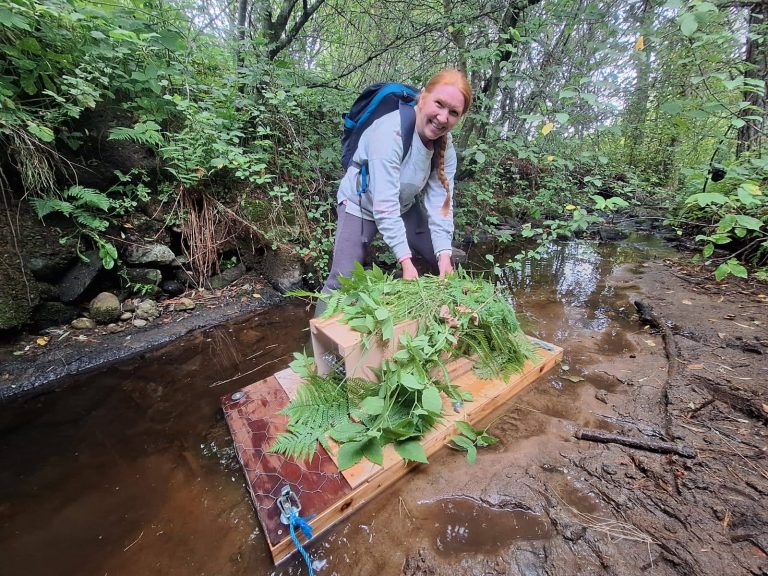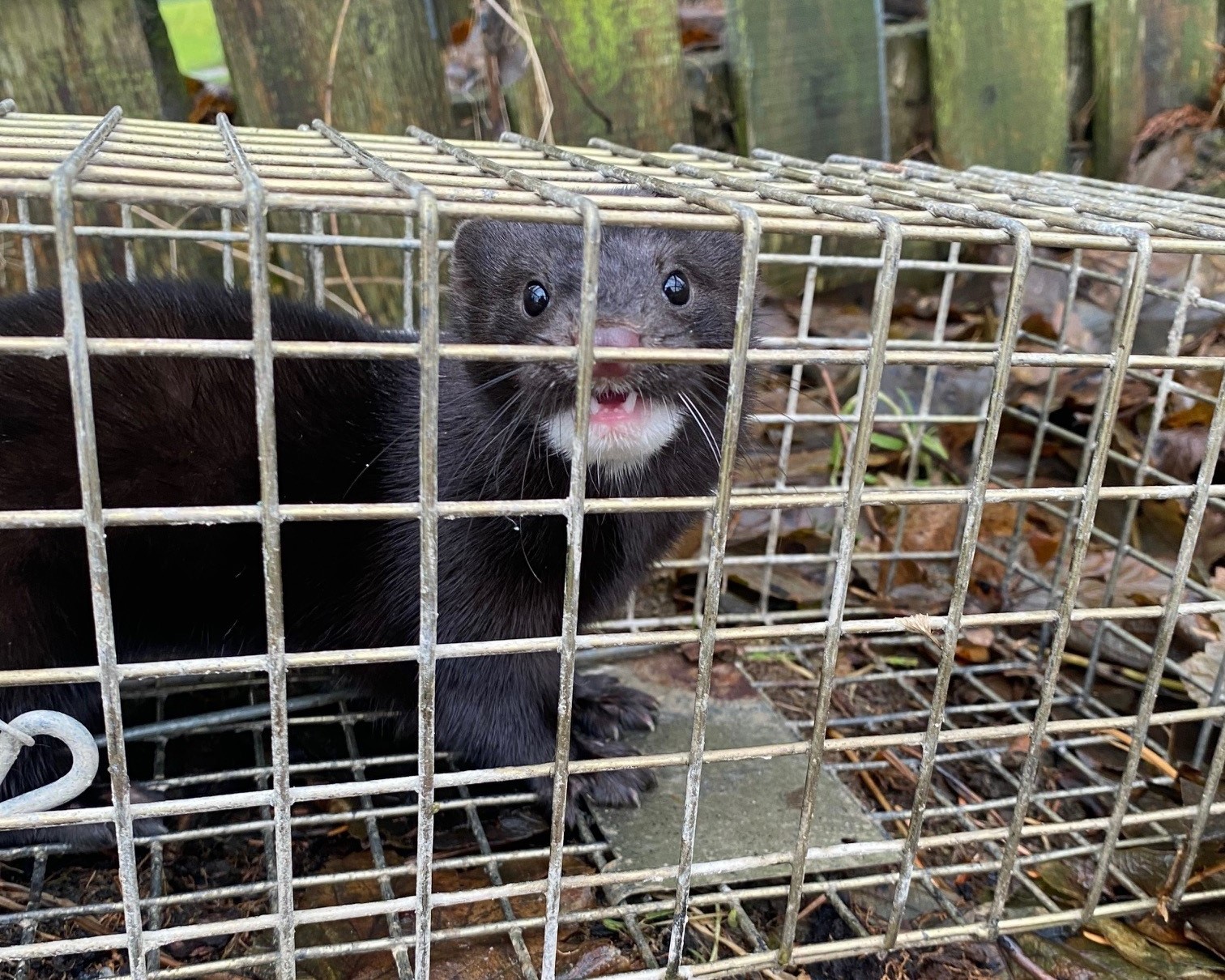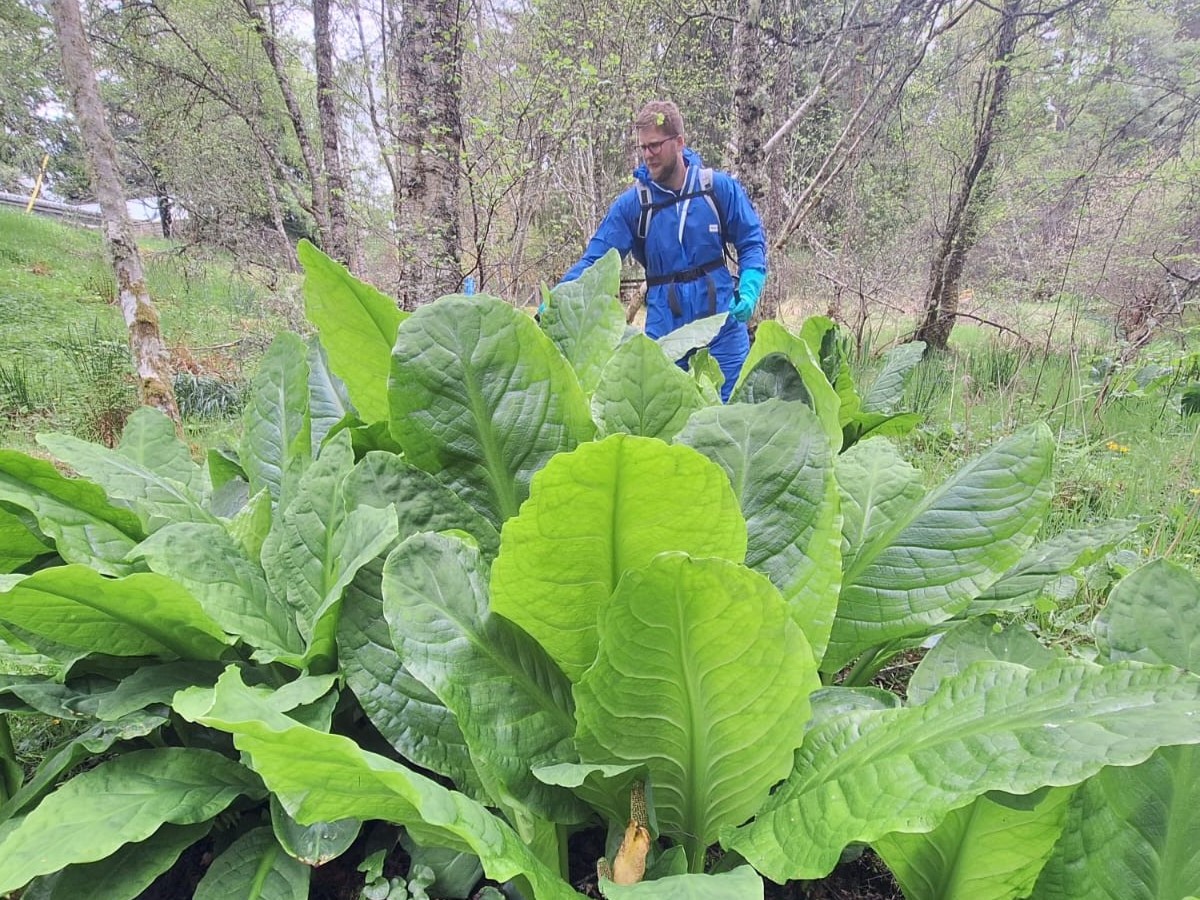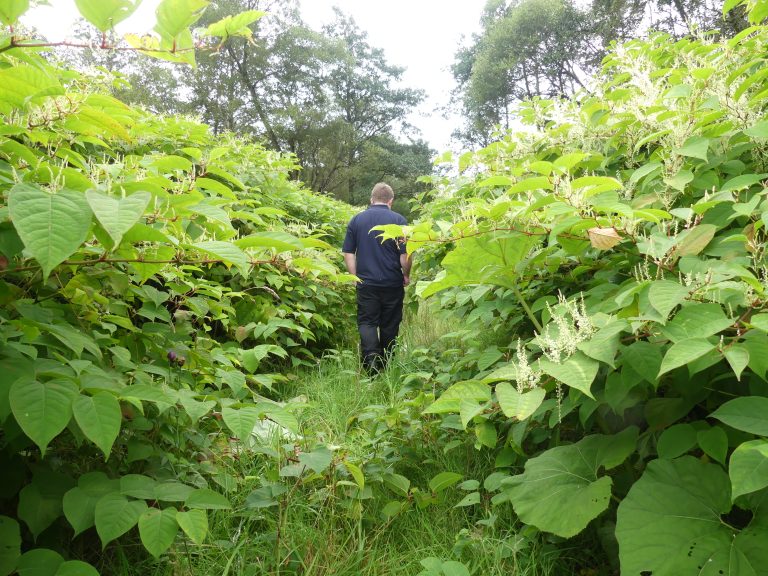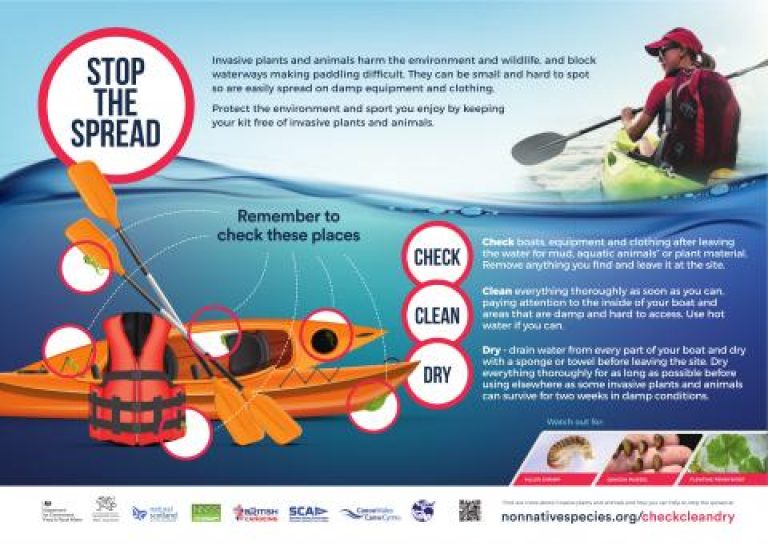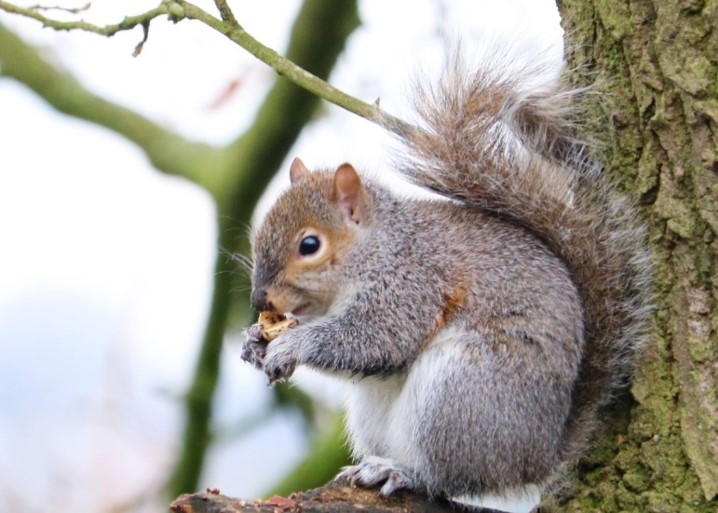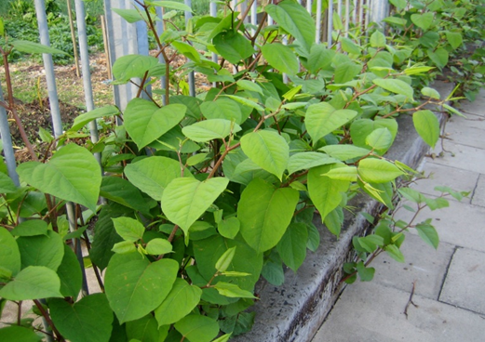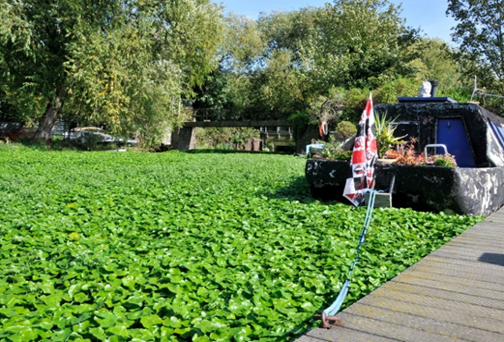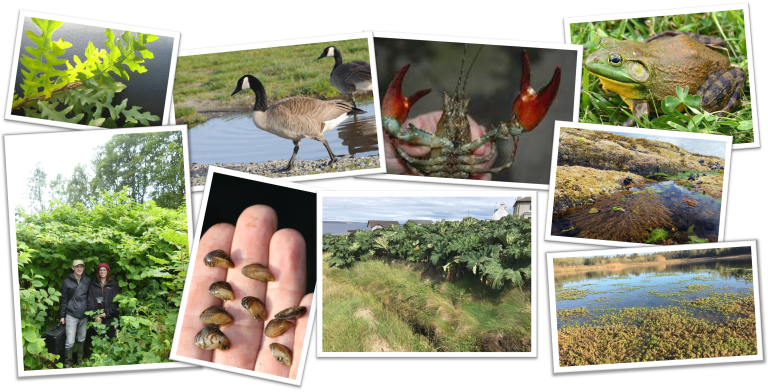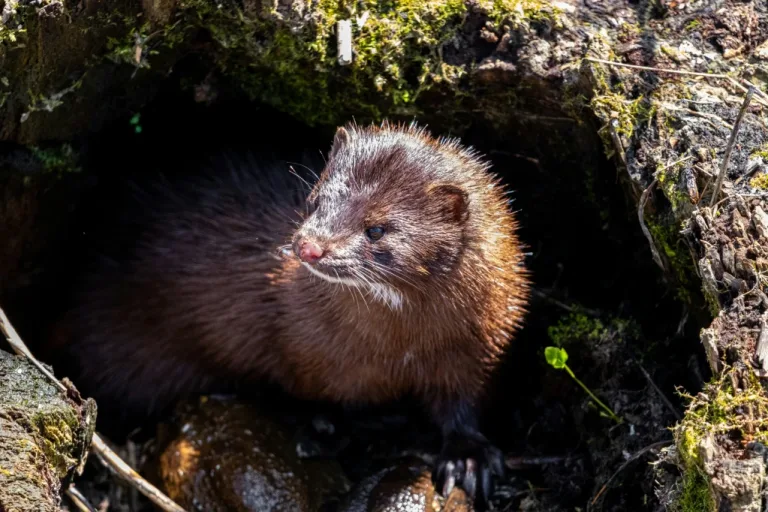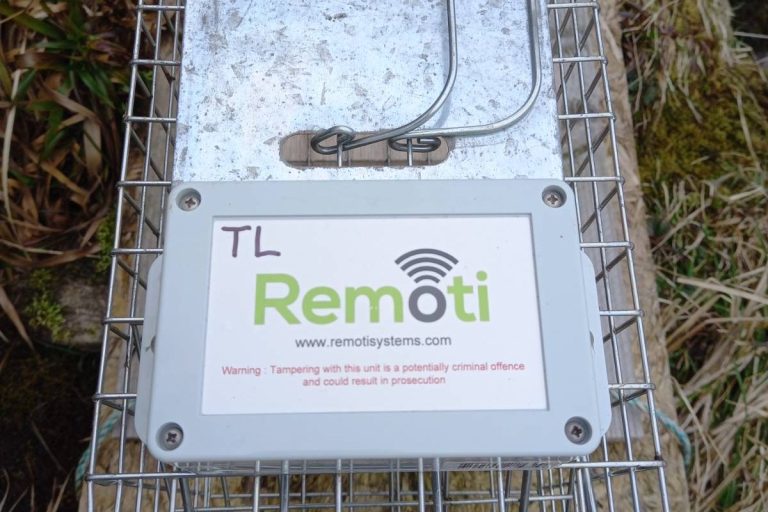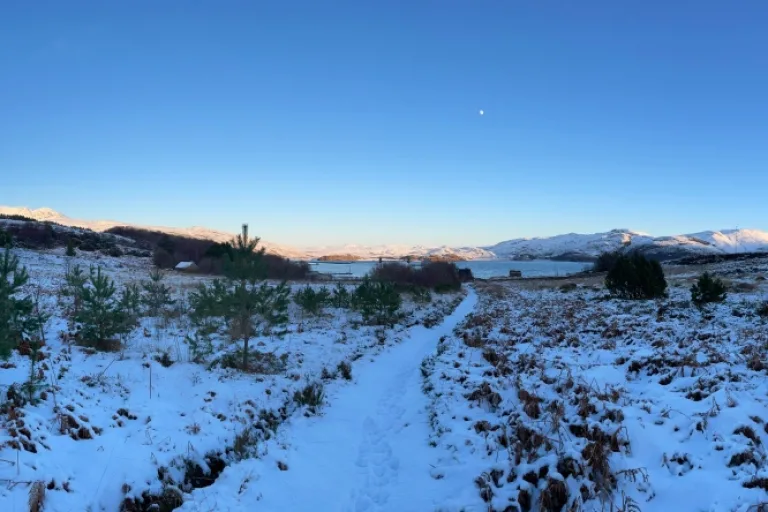Our work
An invasive non-native species is any animal or plant that has been introduced to a habitat outside it’s native range and has the ability to spread, causing harm to the environment, the economy, human health or the way we live. Many of these species are able to spread via rivers and water courses, threatening the wildlife and landscapes of Scotland’s iconic rivers and lochs.
The Scottish Invasive Species Initiative partnership is set up to tackle invasive non-native species along rivers and watercourses in northern Scotland. Working with local partners (fishery and river trusts and boards), land managers, local communities and volunteers, we are tackling some of the worst offending invasive non-native species growing along river banks.
